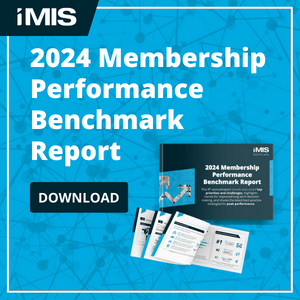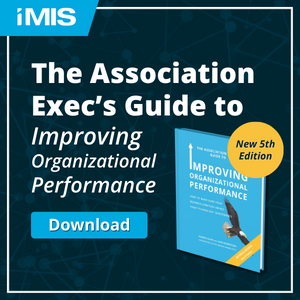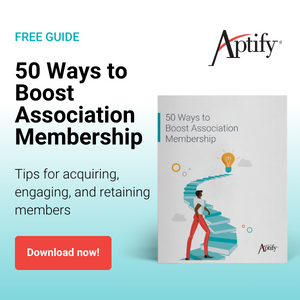
Hybrid Conferences Demystified: Flexible Strategies for Your Event

In 2020, associations pivoted to going virtual with their conferences. Now that non-virtual events are safer, having an in-person component to your conference is now a possibility. So, the new challenge in 2021 is going hybrid.
Hybrid events have an in-person conference component and a virtual conference component.
For the virtual component, associations typically opt for hybrid conference software, like OpenWater’s. In a hybrid conference platform, remote attendees are able to view and join sessions, chat with other attendees, and more.
On the other hand, the in-person conference component requires AV equipment and technicians.
We noticed there aren’t many resources out there for running the in-person component of hybrid conferences. For this reason (and many others!), OpenWater made resources for hybrid event technicians available on the OpenWater hybrid page.
Taking the mystery out of going hybrid

For something that’s being talked about all the time, it’s surprising to hear that many associations don’t know what it means to go hybrid. However, after a quick Google search, it becomes less surprising. There isn’t much content out there that’ll show you what it really means.
So, my goal is to take the mystery out of going hybrid.
The end goal of a hybrid conference is to have a seamless experience for your virtual and in-person attendees. Virtual attendees will join the conference from their home through a virtual conference software platform. The platform is where they’ll see all the conference sessions and join Zoom rooms.
To see what a virtual conference platform looks like, check out this blog post with virtual conference examples.
On the other hand, in-person conference-goers will be at the physical conference venue. Typically, they will be using a mobile conference app or a printed program to see the conference sessions laid out. We suggest using a mobile app because it can be updated with last-minute session and presenter changes.
Adopt a Flexible Hybrid Strategy

Like I said, the challenge in 2020 was to find the best virtual conference solutions. Now, associations are challenged to find the best hybrid strategies for their events.
As we learned the hard way last year, the road ahead is unpredictable. For that reason, it’s important to adopt a flexible approach when going hybrid.
The road is unpredictable because your event might not be able to have in-person components when it comes down to it. So, make sure you set yourself up to be able to pivot early on.
All hybrid events have a virtual component. To be safe, we recommend that you find a virtual platform that will be able to handle a fully virtual event. If things change and you’re unable to have an in-person component to your hybrid event, then you need to create a safety net to assure you can pivot to a virtual conference quickly and easily.
To conclude, if you adopt a strategy with an in-person component, consider how you can easily pivot to a fully virtual conference.
Associations that might have a large audience might find it difficult to pivot. So, if you have a large audience for your virtual conference, check out this post about virtual conference platforms for large groups.
The Hybrid Conference Platform Associations are Using

My hope is that this article helped demystify hybrid conferencing and got you thinking about how to be flexible as you move toward nailing down your hybrid conference strategy.
Many associations are using OpenWater to go hybrid for their conference in 2021. To see a demo and learn more about how we can help you, feel free to request an appointment.


